When it comes to caring for a crucial item in any kitchenthe cutting boardthe question what do you coat a cutting board with is quite common. A well-maintained cutting board not only looks great but also plays a vital role in food safety and kitchen efficiency. Whether your board is made of wood, bamboo, or another material, knowing how to properly coat and care for it is essential for its longevity and pristine condition.
Both professional chefs and home cooks often have varying opinions on the best care techniques, but one thing is clear: high-quality oils and waxes are a must. These coatings not only safeguard the board but also improve its durability, especially in environments where daily use takes a toll. In this guide, well thoroughly answer the question of 'what do you coat a cutting board with' and break down the best materials, techniques, and professional insights you need.
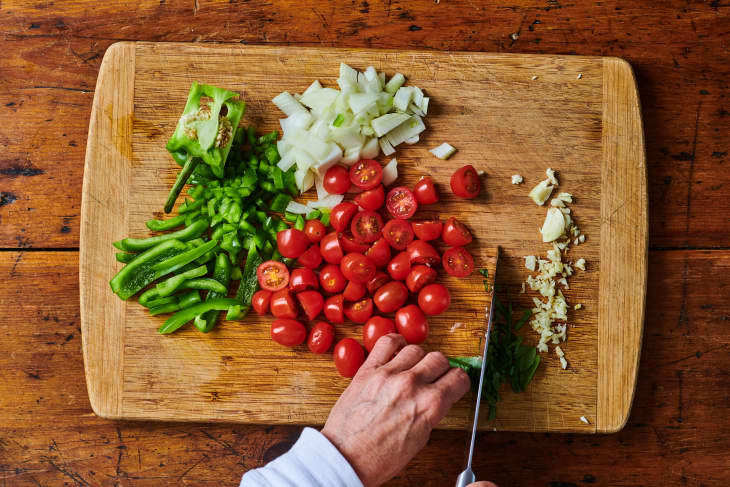
Why Coating a Cutting Board is Essential
Your cutting board is exposed to sharp knives, juicy ingredients, and moisture. Without proper care, it can crack, warp, or become a breeding ground for bacteria. Failing to coat the board leaves it vulnerable to these hazards.
Wooden cutting boards are particularly susceptible as they are naturally porous and can absorb water, which may cause deterioration over time. Additionally, excessive cutting can create grooves that harbor harmful bacteria.
Advantages of Regularly Coating Your Cutting Board
- Forms a waterproof barrier against moisture absorption.
- Seasoning helps prolong the wood's lifespan.
- Minimizes the chances of cracking and warping.
- Enhances the smoothness of the cutting surface.
- Reduces the risk of bacteria embedding in the board.
Best Materials for Coating Your Cutting Board
Not all products available are ideal for maintaining your cutting board. Let's look at some professional-grade options that yield the best results.
1. Food-Grade Mineral Oil
Food-grade mineral oil is perhaps the most popular and readily available option. Its lightweight, odorless, and effectively seals the pores of your cutting board to prevent water absorption.
How to Use: Start with a clean, dry cutting board. Pour a generous amount of mineral oil directly onto the surface and rub it in with a clean, lint-free cloth or even your hand. Let it soak for a few hours (ideally overnight) before wiping away any excess oil.
2. Beeswax or Wax Conditioner
If you're looking for a superior finish, consider beeswax-based conditioners. Often included in cutting board oils, beeswax adds an extra protective layer on top of mineral oil.
You can create a DIY mix by combining equal parts melted beeswax and mineral oil. Apply it similarly to mineral oil, but buff it in for a polished, water-resistant coating.
3. Fractionated Coconut Oil
For those who prefer plant-based options, fractionated coconut oil is a fantastic choice. Unlike regular coconut oil, it doesnt go rancid and offers long-lasting moisture resistance.
4. Walnut Oil
Brought to the forefront by chefs and woodworkers, walnut oil is another excellent all-natural option. However, be cautious of potential nut allergies before using it.
Discover more about sanitizing cutting boards.
Step-by-Step Guide: Properly Coating a Cutting Board
Heres how to coat your cutting board like a pro.
Step 1: Clean the Surface
Thoroughly clean the board using warm, soapy water to eliminate any residue, then let it air dry completely. If it has any odors or stains, try deep-cleaning with a lemon and salt mixture.
Step 2: Sand If Necessary
If your board shows signs of wear, like scratches or uneven spots, lightly sand it with fine-grit sandpaper before applying any treatment.
Step 3: Apply the Oil
Using a lint-free cloth, apply your chosen oil in circular motions, ensuring that the oil penetrates every grain of the wood.
Step 4: Allow to Absorb
Position the board horizontally and allow the oil to soak in. For the best results, let it rest for at least four hours or overnight.
Step 5: Buff and Polish
Once absorbed, buff the surface with a cloth for a polished, even finish.
Maintenance Tips for Professional Kitchens
In addition to regular coating, keep these daily maintenance tips in mind to ensure your board lasts:
- Do not soak wooden boards in water.
- Always dry boards thoroughly after use.
- Use separate boards for raw meats and produce.
- Regularly sanitize with vinegar or a mild bleach solution.
- Reapply oil every 2-3 weeks.
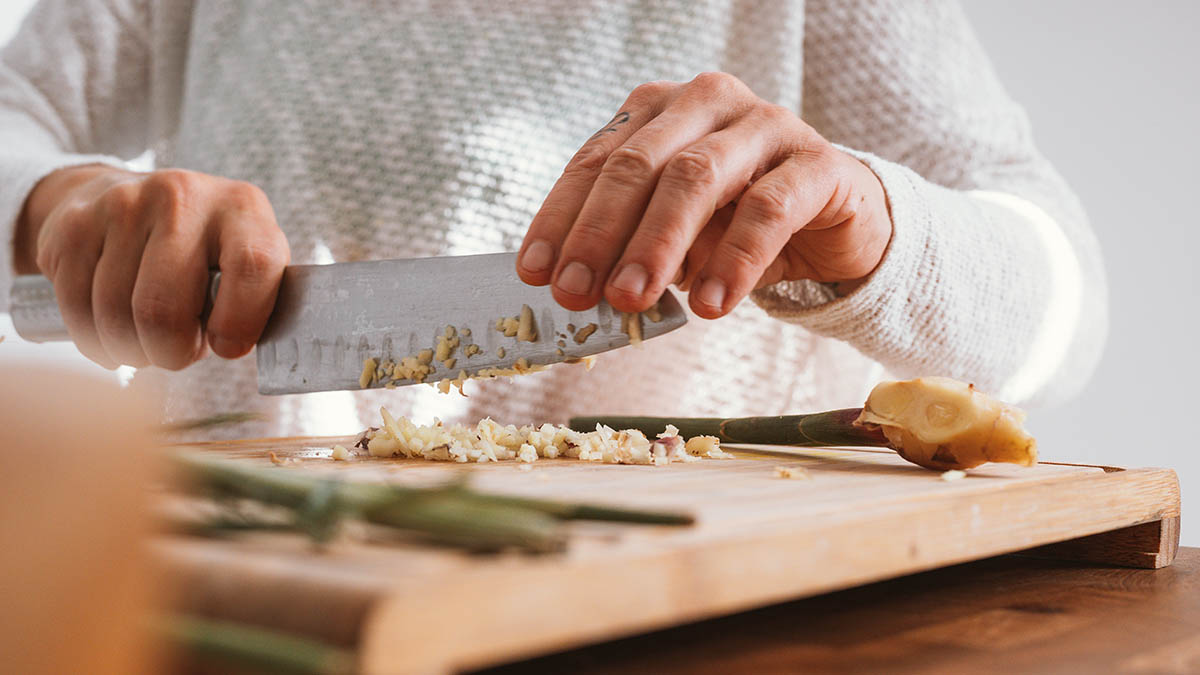
FAQs
1. How frequently should I oil my cutting board?
Ideally, oil your cutting board every 2-3 weeks, especially with daily use. Regularly coating helps extend its life and protects against moisture damage.
2. Can I use any oil for coating?
No, not all oils are suitable. Steer clear of vegetable oils, as they may turn rancid. Stick to food-safe oils like mineral oil, beeswax, or fractionated coconut oil.
3. What should I do if my cutting board cracks?
Minor cracks can often be fixed by sanding the area and re-oiling. For significant damage, you might need to consult a professional for repairs, or consider replacing the board entirely.
To learn how to prevent cross-contamination while using cutting boards, click here.
For further information on the effects of moisture on cutting boards, read more.
If you're interested in DIY cutting board seasoning, explore this guide for detailed instructions.
This article contains affiliate links. We may earn a commission at no extra cost to you.

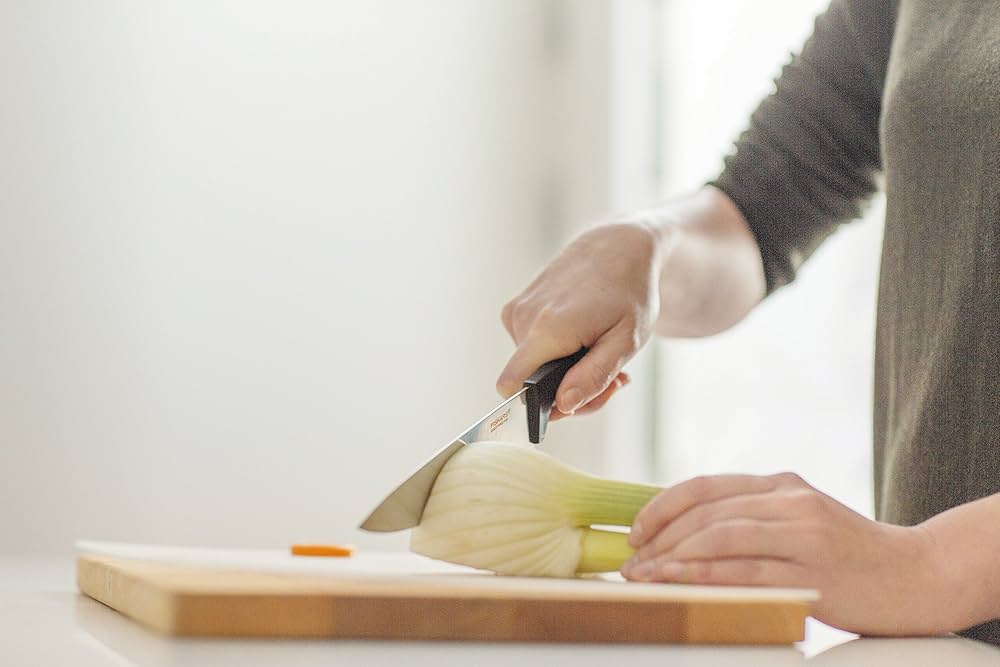


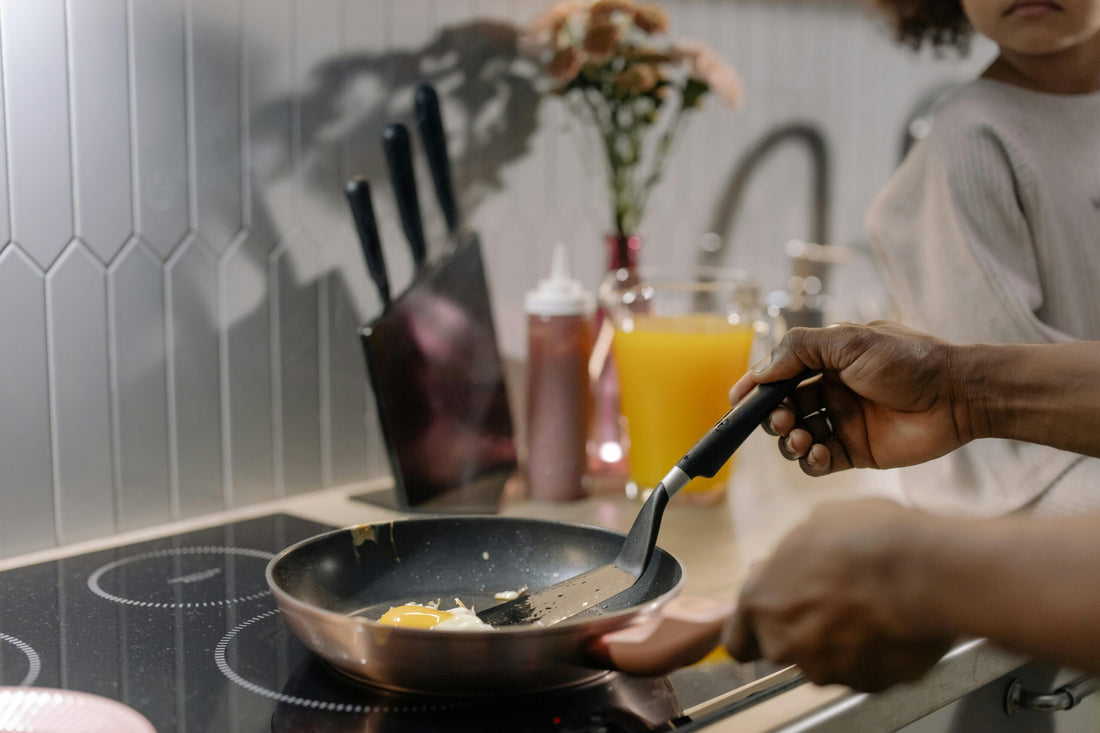
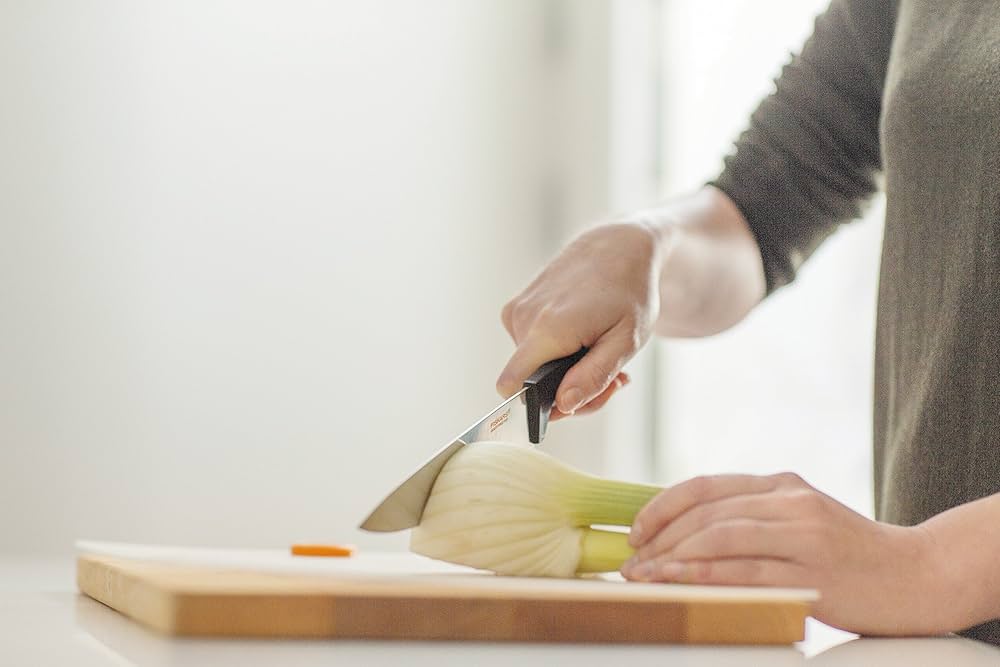
Leave a comment
This site is protected by hCaptcha and the hCaptcha Privacy Policy and Terms of Service apply.